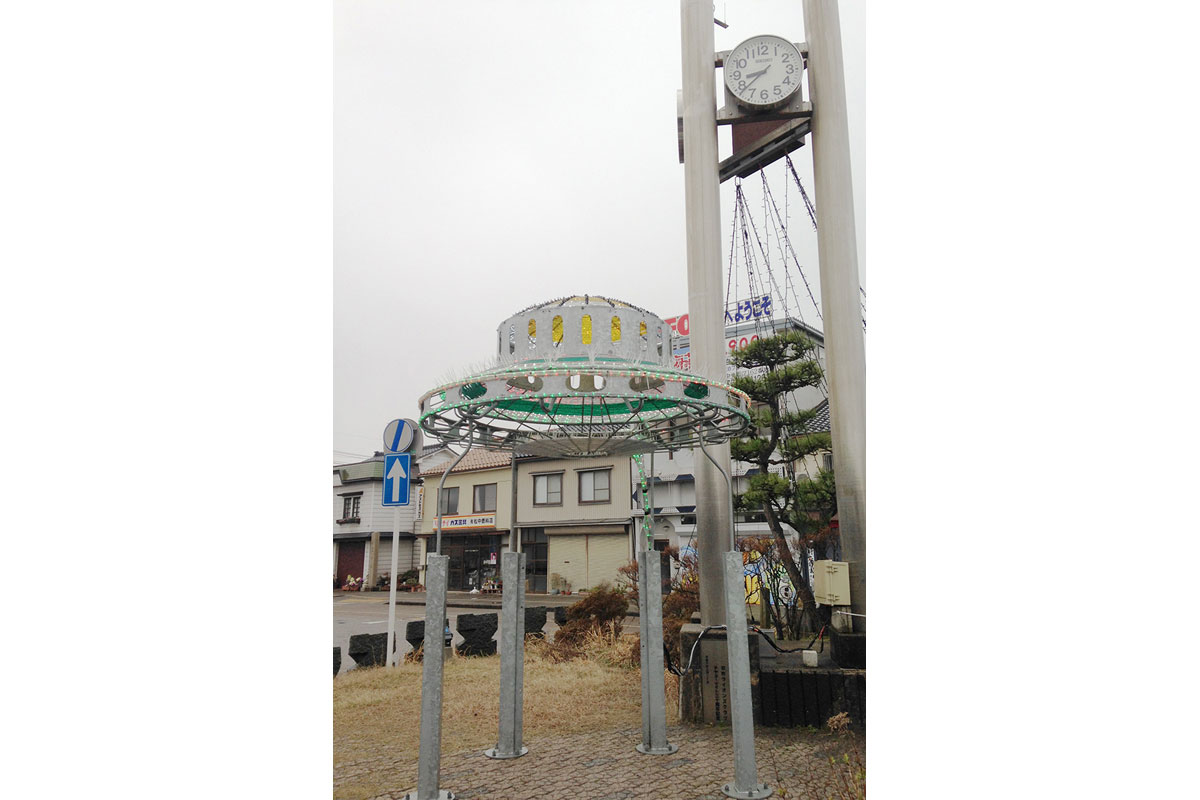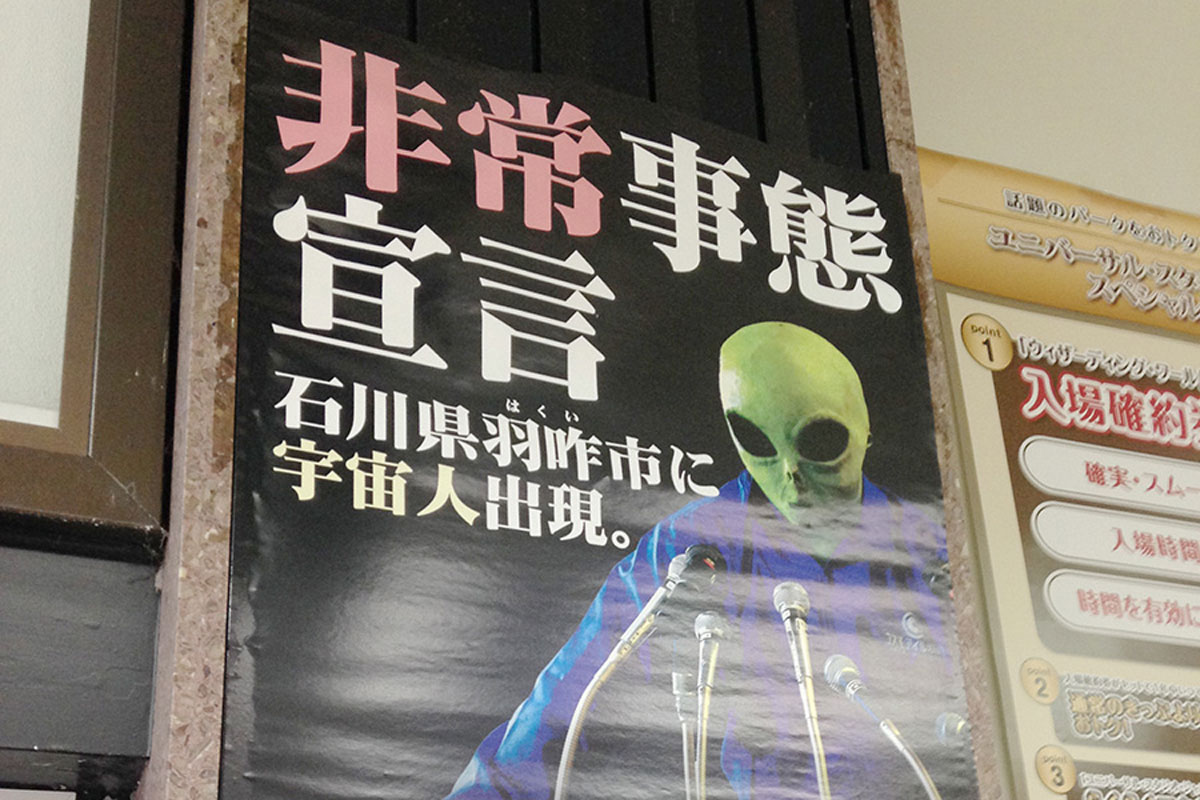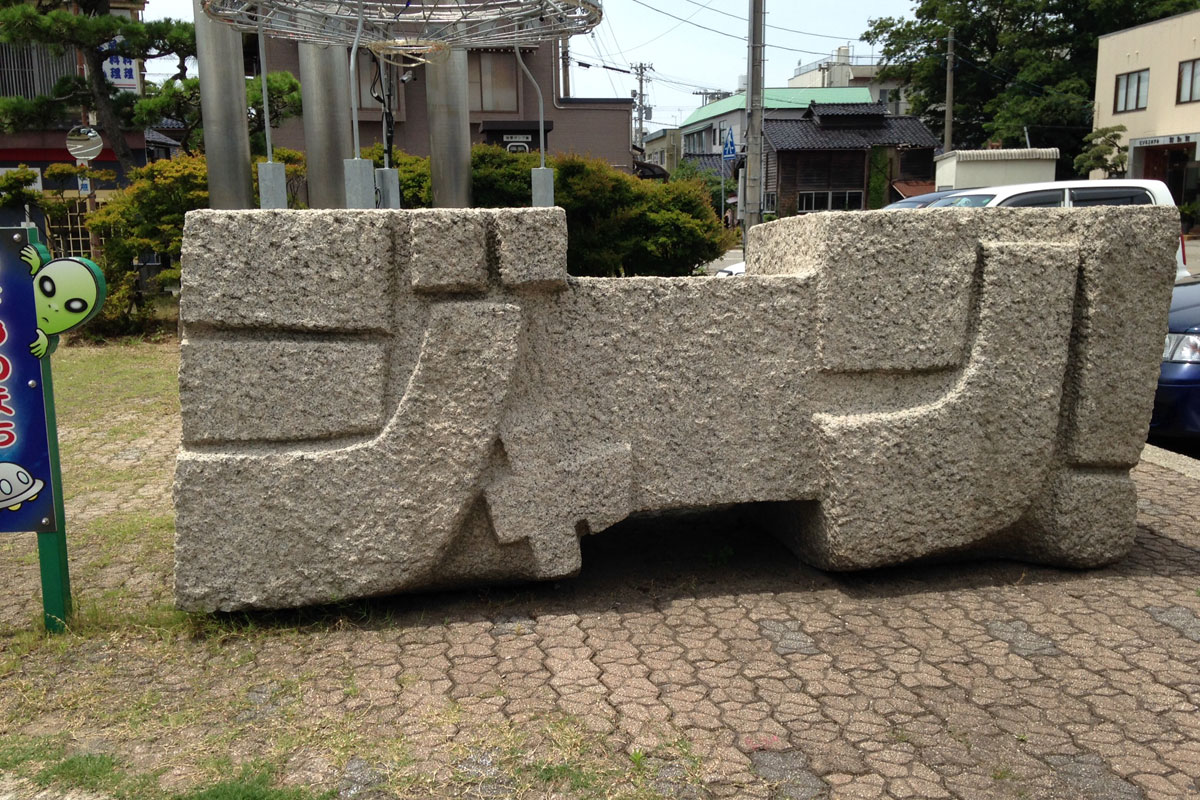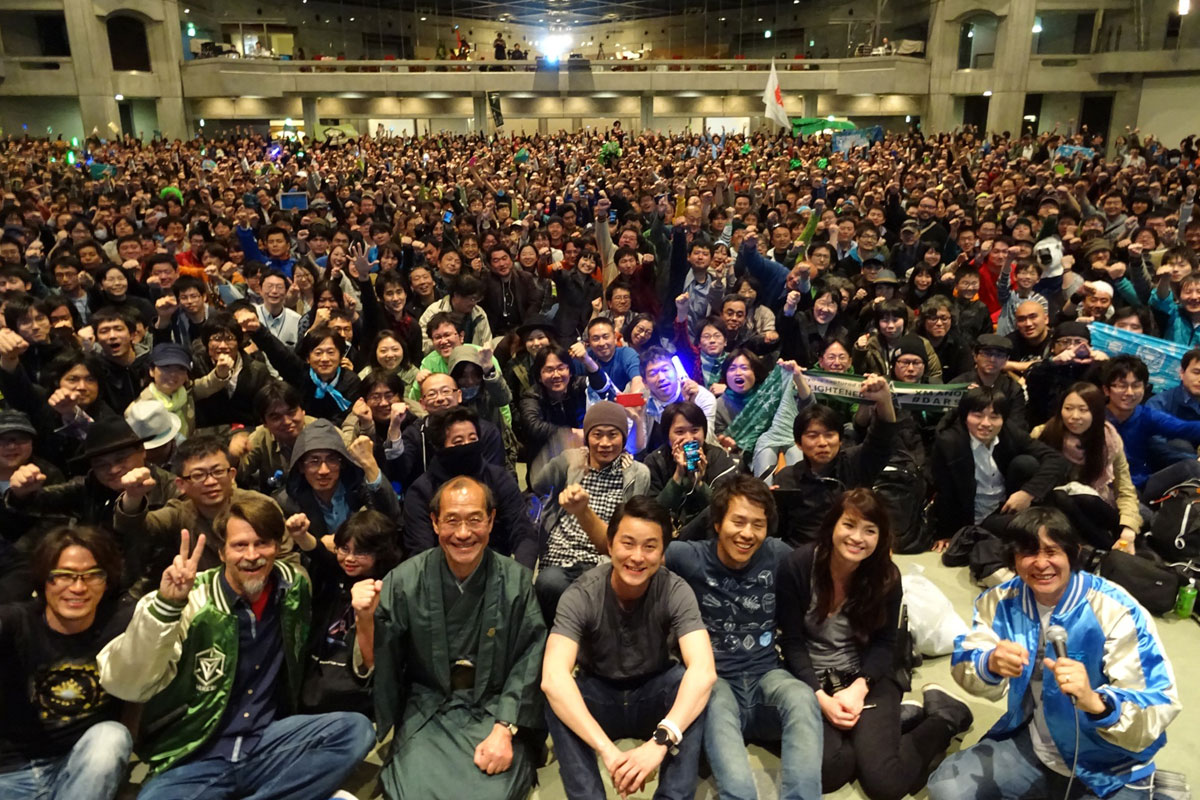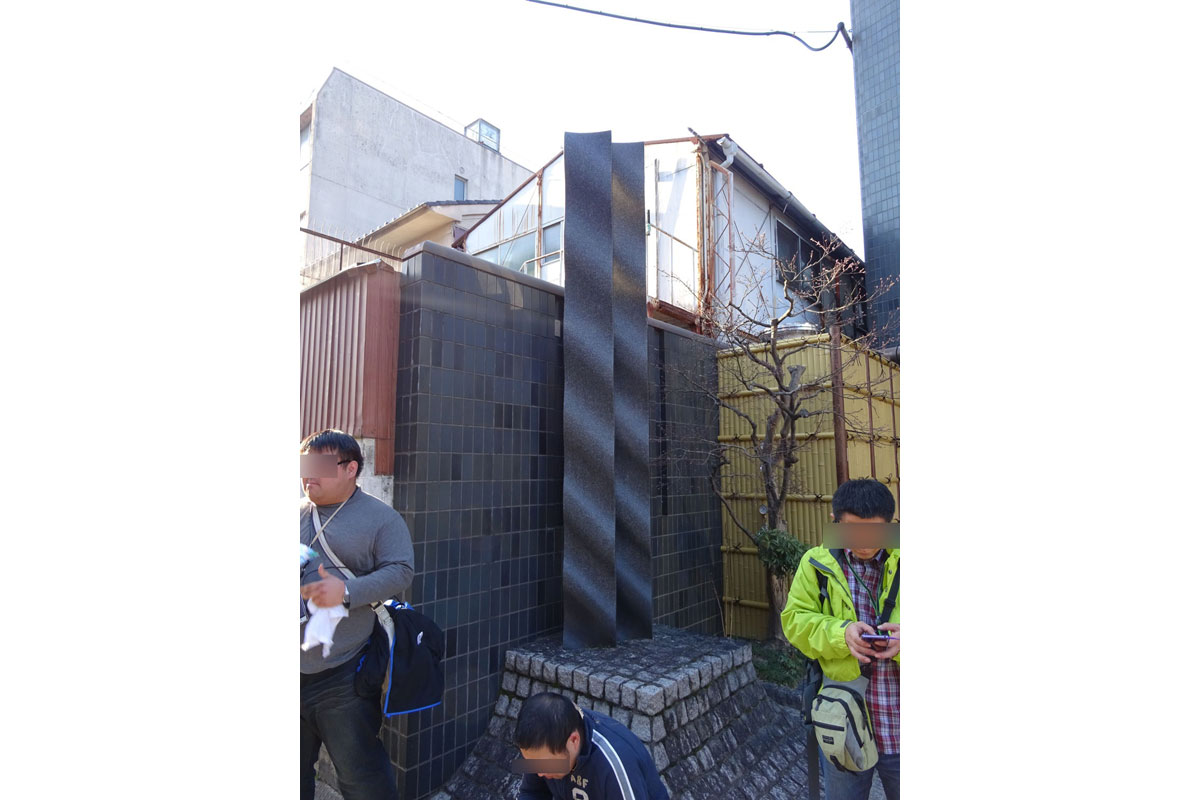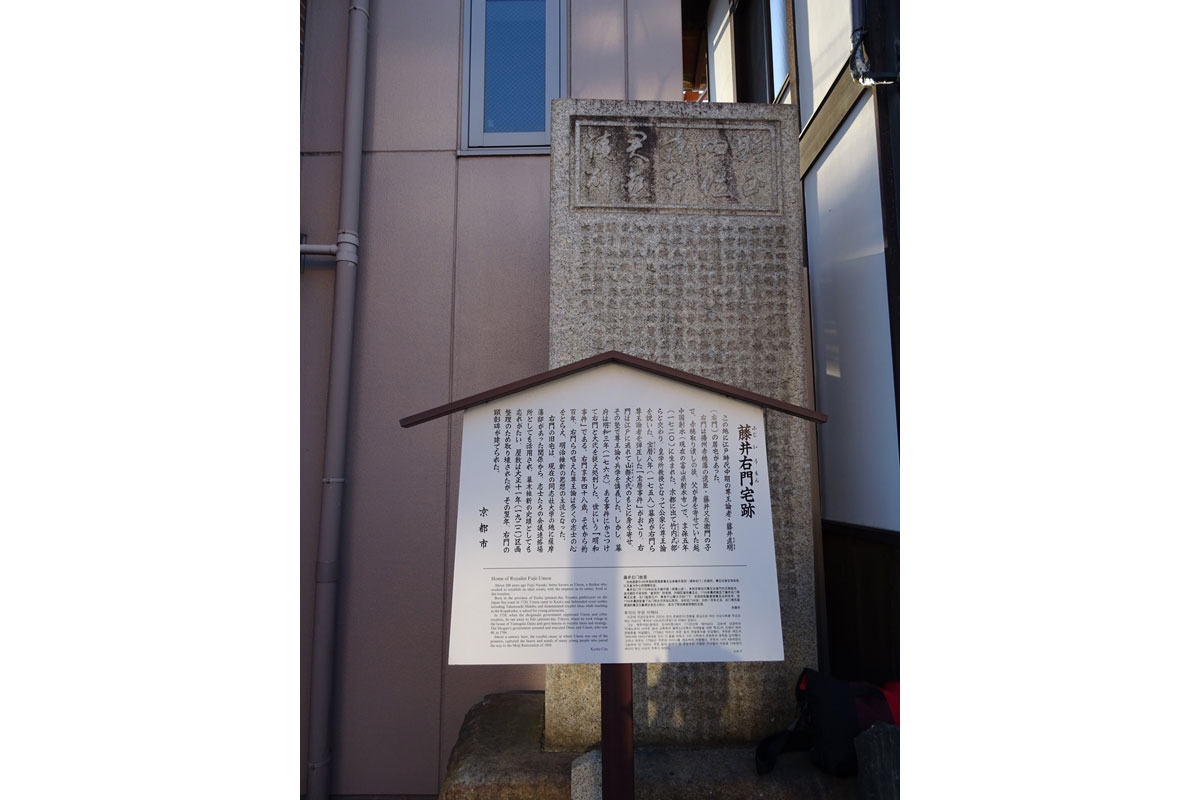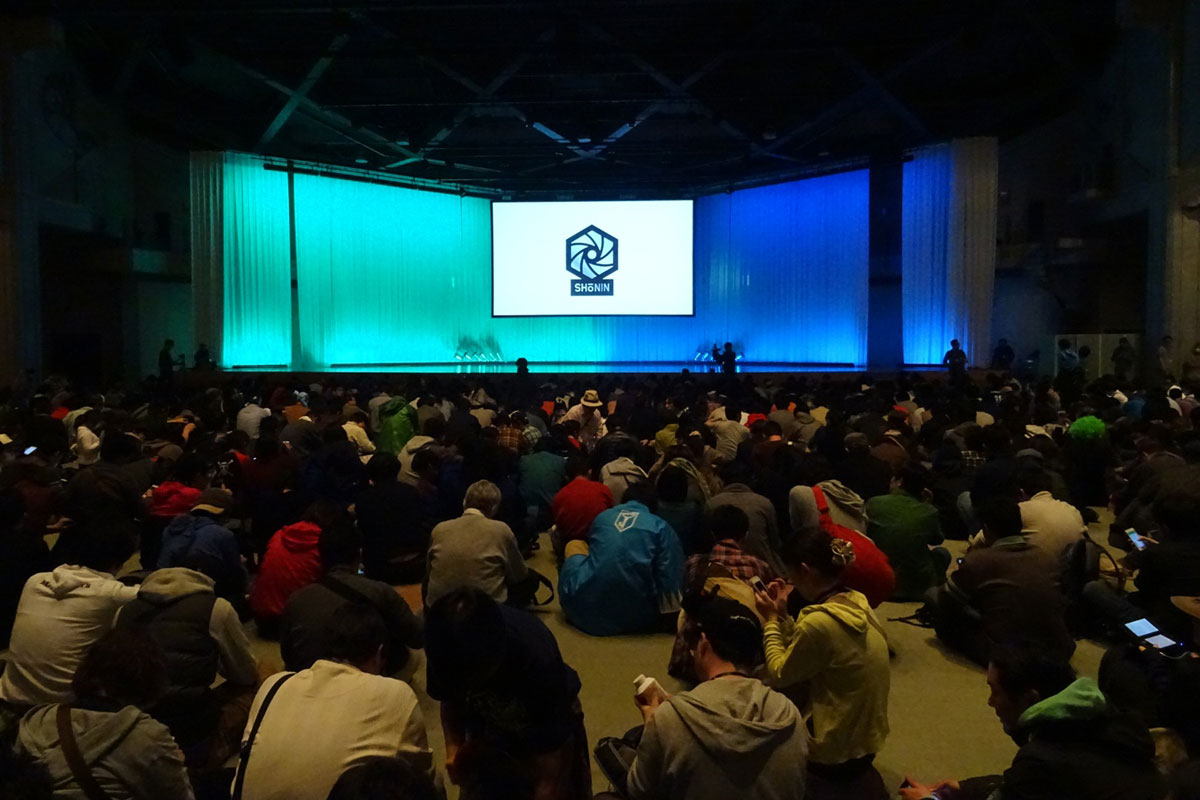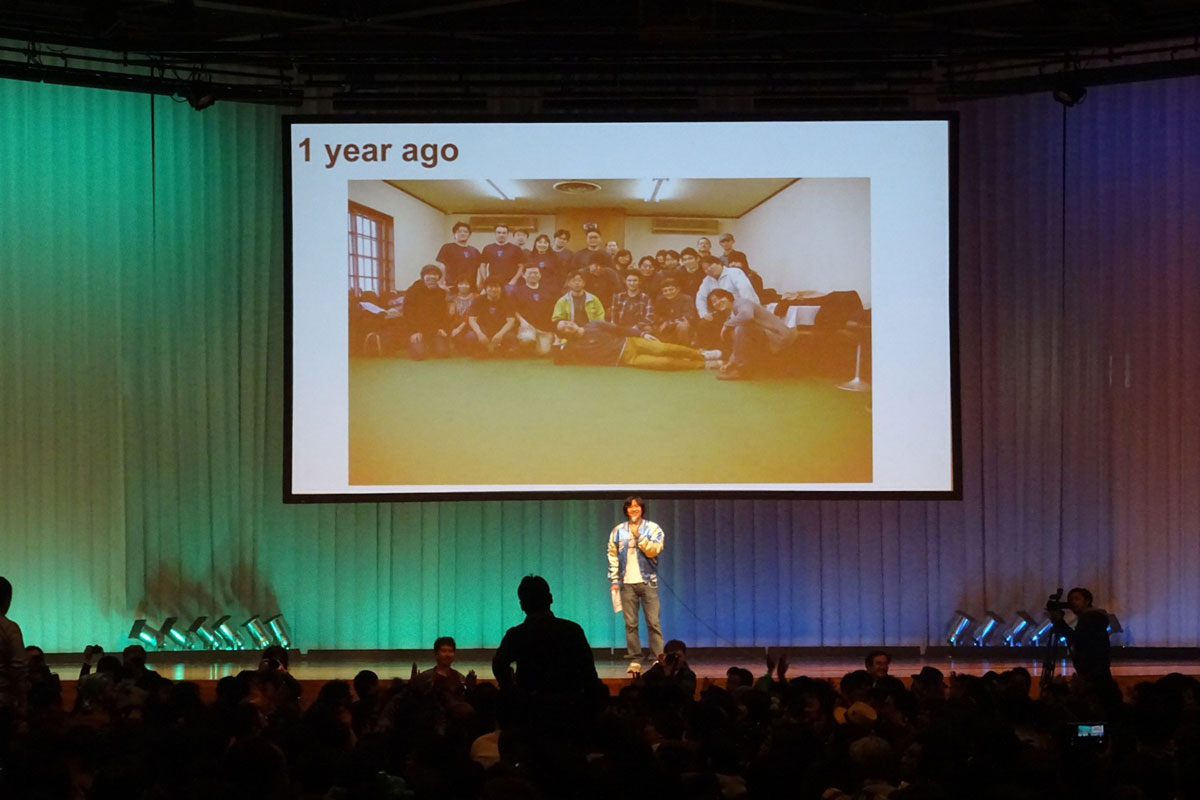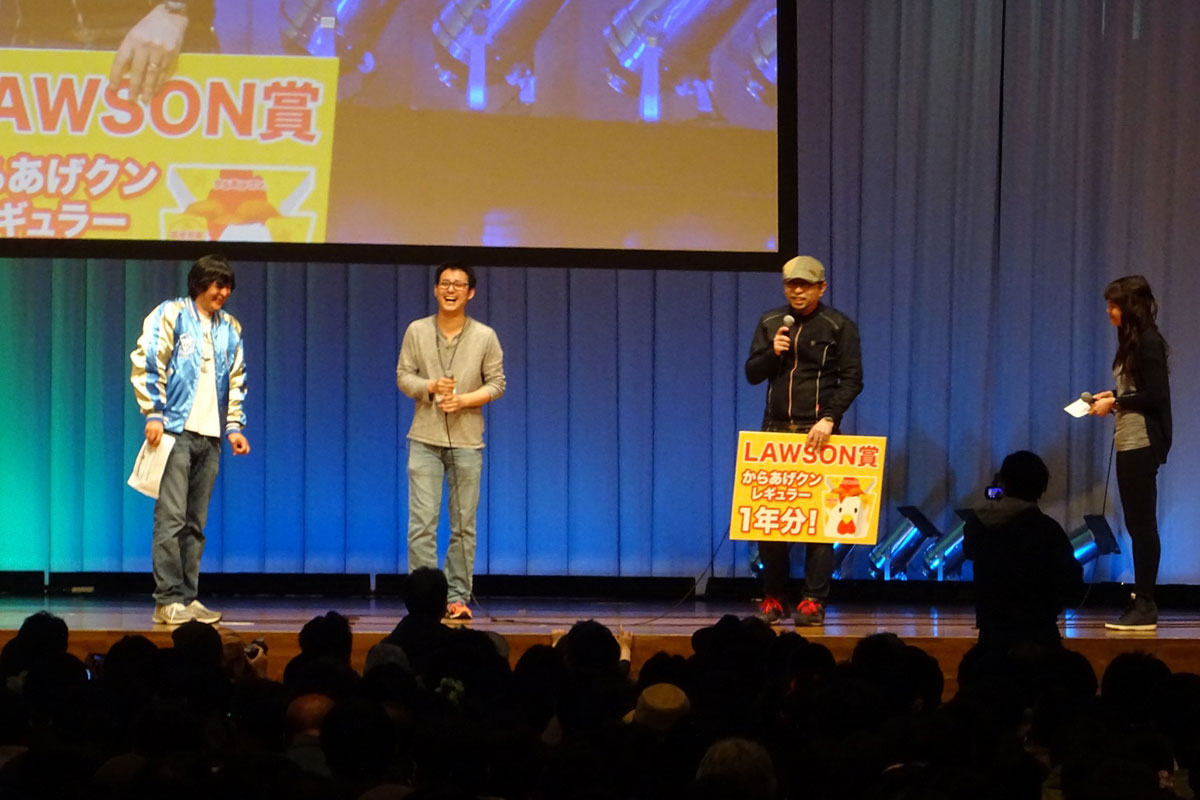[Last updated: August 2, 2022]
Ask any sake lover, and they’ll tell you that your favorite brew tastes even better when served in an authentic drinking vessel. It’s no surprise, then, that Katakuchi-ya—a select shop that, true to its name, specializes in the sake serving bowls known as katakuchi—is booming in popularity among sake fans and foodies looking to add a touch of elegance to their dinner table. We spoke with the shop owner, Ms. Mie Oya, who runs the entire operation herself, from cultivating relationships with the artisans whose work she sells, to site design, operations, shipping and more!
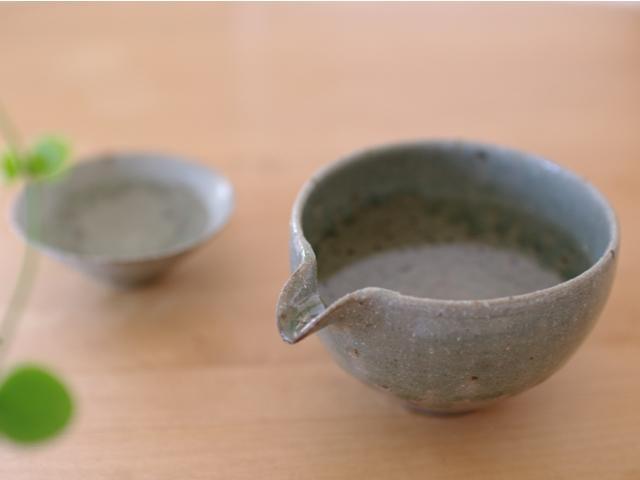
▲Works by Kiyooka Kodo(清岡幸道)
All About Katakuchi
Katakuchi refers to a variety of serving vessel with a single spout. Traditionally and typically used for serving sake, in recent years you may see them used for measuring other liquids, or as creative serving bowls for a wide variety of culinary dishes. Historians believe that the people of Japan have been using katakuchi since the Jomon (ca. 14000-300 BCE) and Yayoi (600 BCE–300 BCE) periods. A similar vessel with two spouts on opposite edges is known as a morokuchi.
A Vessel for All Occasions: Turn Your Dinner Table into an Art Museum
While earthenware and glassware shops can be found all over, Katakuchi-ya is—to our knowledge—the only one in the world that specializing in katakuchi. Though Ms. Oya deals in other sake serving cups and mugs as well, at Katakuchi-ya the spotlight is clearly on these unique vessels. She shared with us her motivation for starting up her unique business.
“I had the idea to start a dinnerware store focused on one particular variety of item, and katakuchi just came to mind. The spout is charming and simply picture-perfect, and thinking of all the different ways they can be used is just so much fun.”
Recently, fans have been sharing with her creative new uses for katakuchi through social networks. “They’re perfect for serving many different dishes, and for holding not just sake, but salad dressing and soba sauce as well,” Ms. Oya explained. “You can even use them for flower arrangement and as a stylish interior accessory. The other day, one customer showed me how she used one in a tea ceremony.”

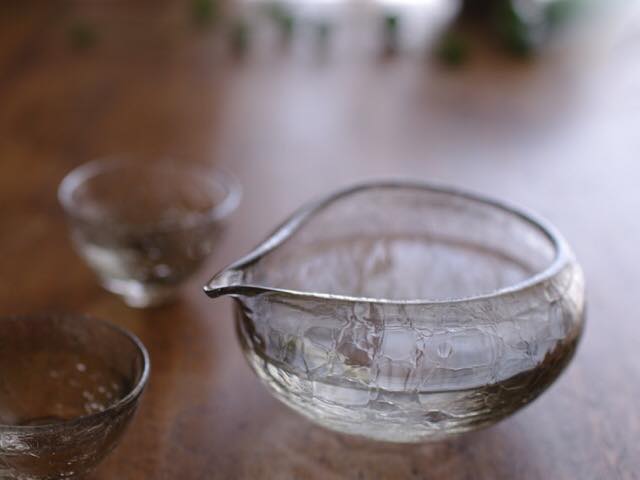

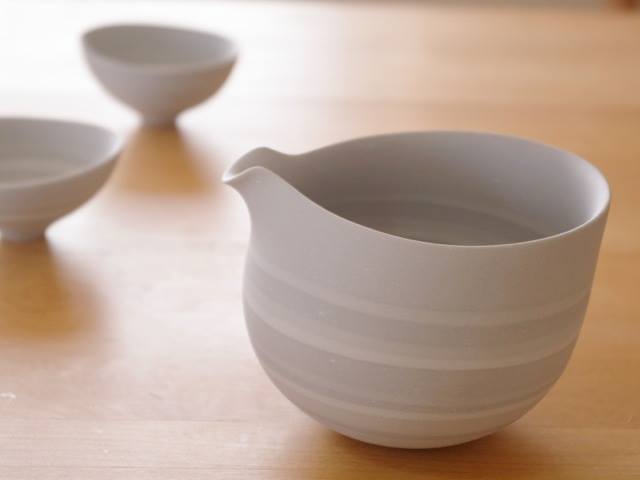
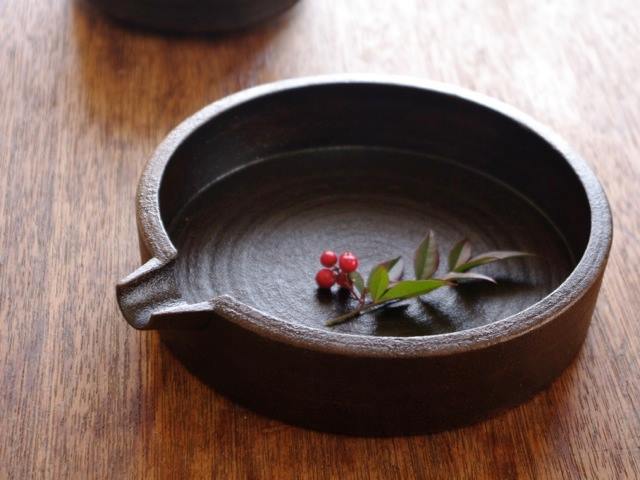



A One-Woman Operation
Running a popular internet shop isn’t as simple as having something people want to buy: photography skills, eye-catching web design, frequent updates and communication with your customers are all elements that can mean the difference between success and failure. Admiring the clean, stylish look of the Katakuchi-ya site, we assumed it was the product of a professional web design firm, and were surprised to hear that Ms. Oya handles all these duties on her own, along with all correspondence with the artisans whose work she sells.
“I’m always looking for young new creators whose work I can feature, always taking care to show them the respect they deserve. After making the initial contact, I make a point of attending their exhibitions and speaking with them in person, and after that visiting them at their workshops.” she continued. “I believe it’s not just about the works, but about the person behind them as well.”
All the works available at Katakuchi-ya have been hand-picked and selected by Ms. Oya herself. “From the start, I didn’t want to be just another collector and dealer,” she explains with passion. “I wanted to share pieces that truly moved me with the world.”
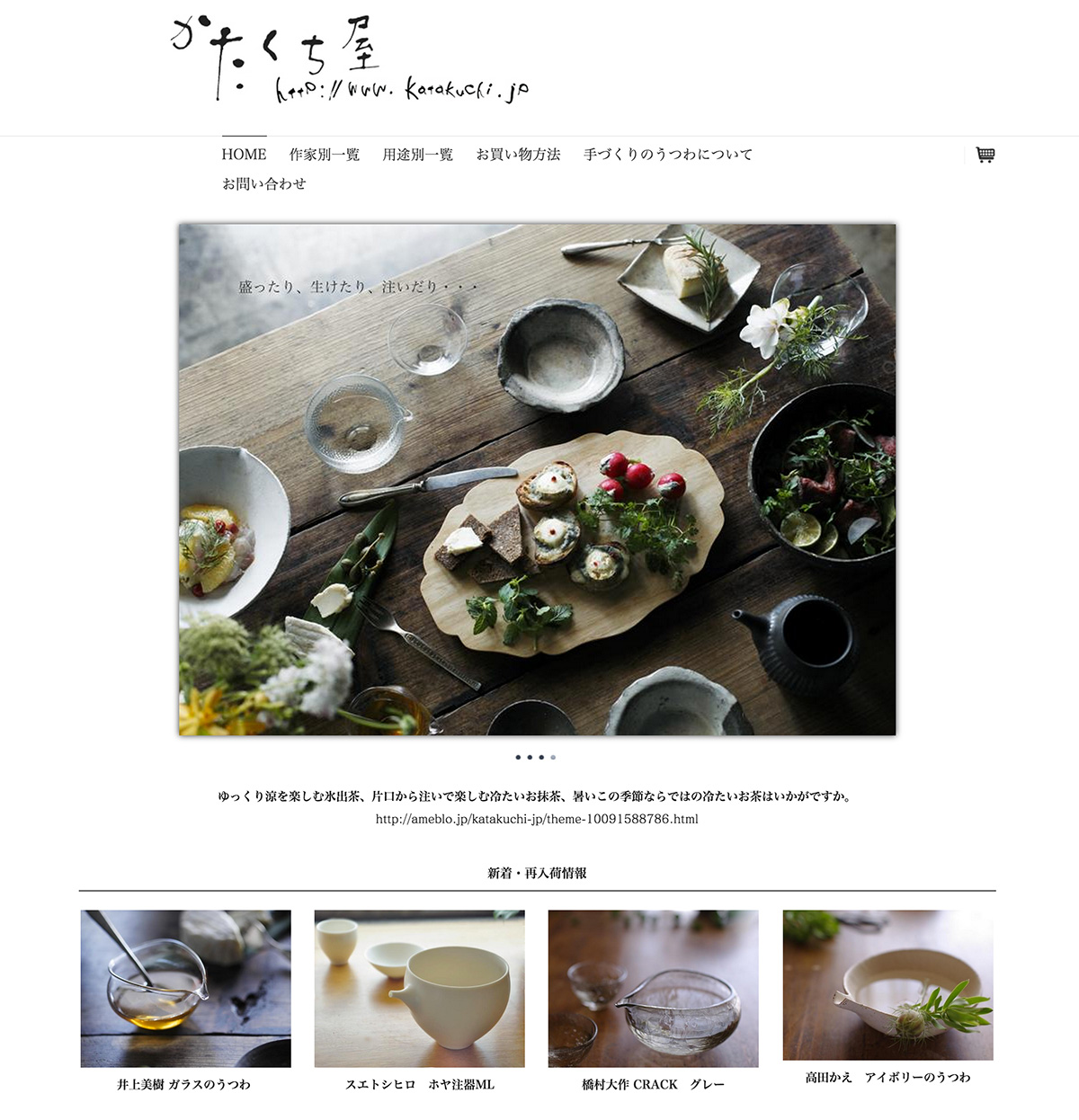
Taking the Show on The Road
In recent years, there has been a growing trend of online shops running limited-time-only booths at major shopping center across Japan. In a sense, not being tied to a single physical location makes it that much easier to take their operation to wherever they’re called.
Needless to say, the uniquely stylish Katakuchi-ya is no exception. With the popularity of her store growing by the day, in June 2015 Ms. Oya held special events at the renowned department stores Isetan and Takashimaya.
“Isetan was the first to reach out to me. I’ve only begun holding these events recently, but I’ve been amazed at how many customers have come after reading about them on my site or social networks,” she says with a smile. “When they tell me how happy they are with the katakuchi they bought, or say how they couldn’t decide just from pictures on the internet so they wanted to see and hold them in person—these are the moments that make it all worthwhile.”
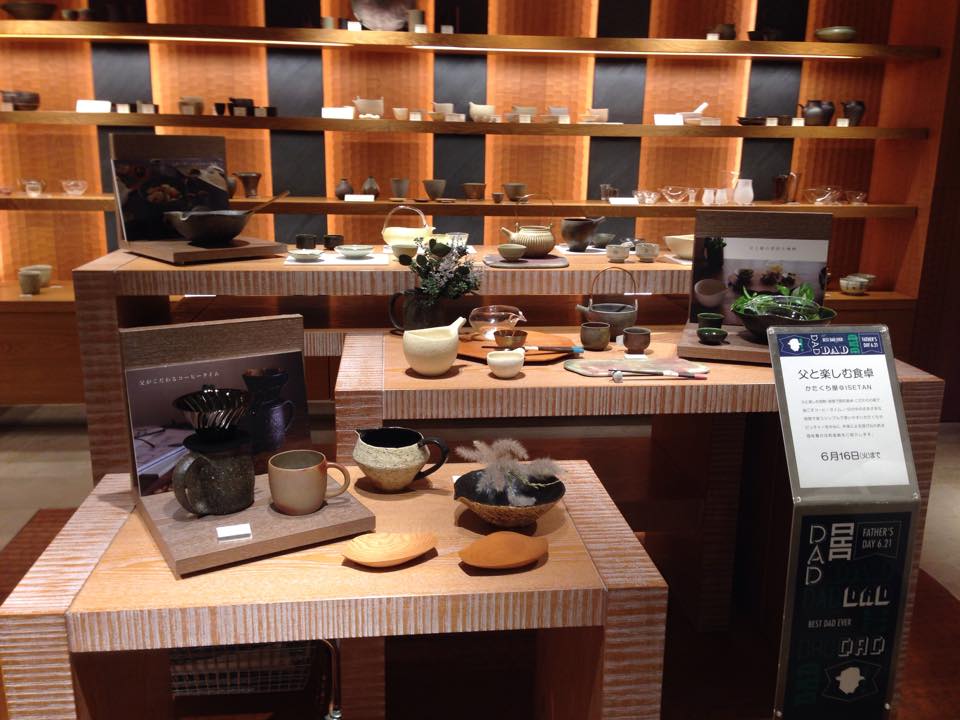
▲From an event at the Isetan department store in Shinjuku
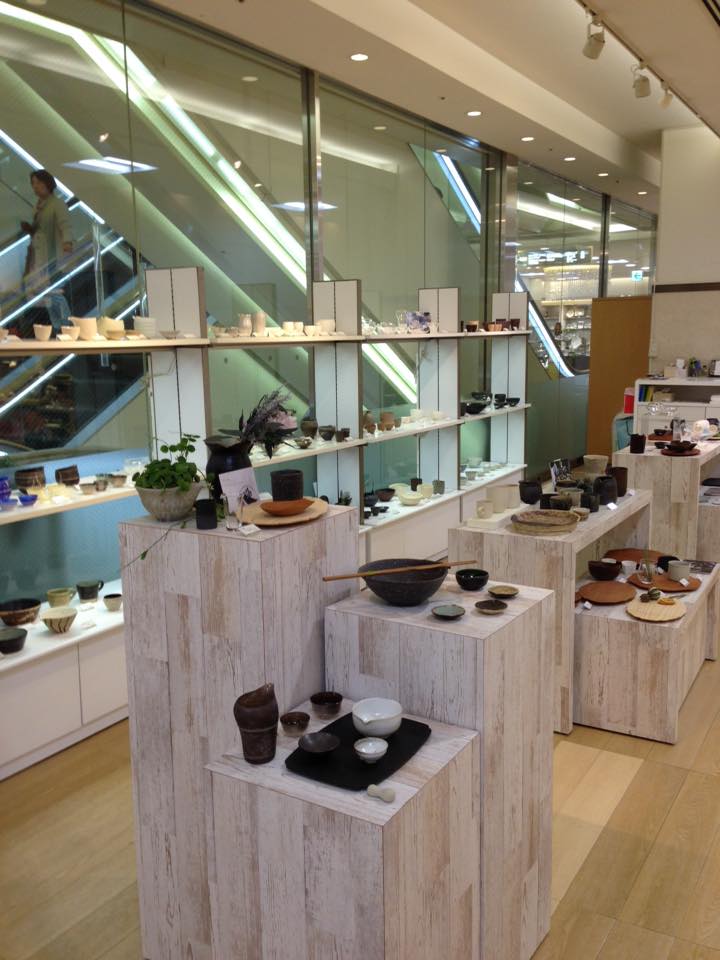
▲From an event at the Takashimaya department store in JR Nagoya Station
As its visibility grows, Katakuchi-ya has been receiving an influx of orders from around the world. Ms. Oya is proficient in English as well, and is more than happy to accept orders in English via Facebook message or FAX. Even more recently, Katakuchi-ya has opened a showroom in Nagoya. While it can’t beat the internet for convenience, there’s nothing quite like seeing and holding these creations for yourself—and Ms. Oya would be happy to tell you all about katakuchi in English or Japanese. So if you’re interested in adding an artistic touch to your daily dining and drinking, why not visit Katakuchi-ya in person or on the internet? You’re sure to find a charming, elegant vessel to suit your fancy!
Katakuchi-ya HOTORI かたくち屋 ほとり
Kodama Building B1F, 1-1-8 Marunouchi, Naka Ward, Nagoya City, Aichi Prefecture
TEL/FAX: 052-204-4520
Open 12:00 p.m. to 6:00 p.m.
Closed: Tuesdays and Saturdays
Web Site: http://www.katakuchi.jp
Facebook: https://www.facebook.com/katakuchiya?fref=ts
*This article was originally posted on July 31, 2015.
Translation: Jon Machida
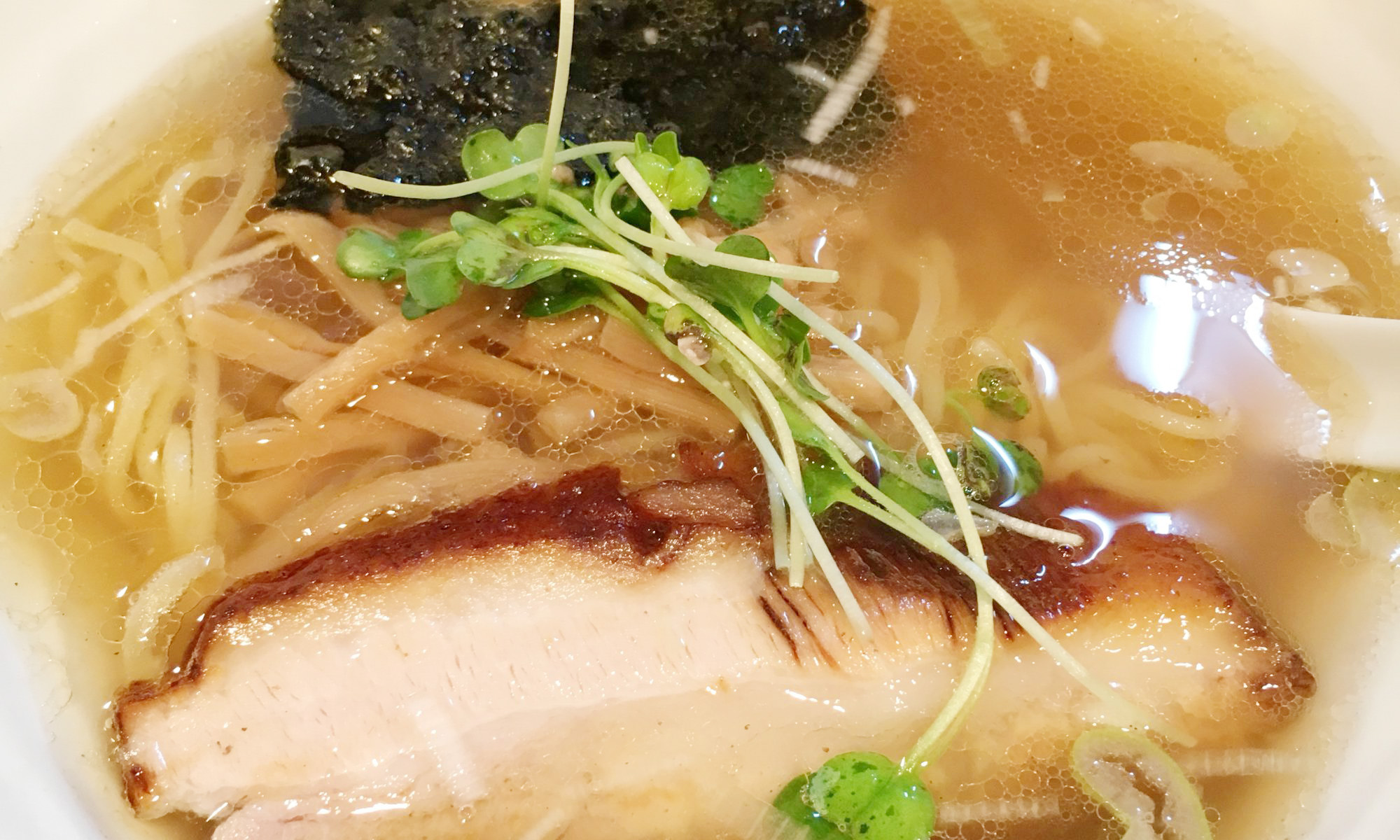


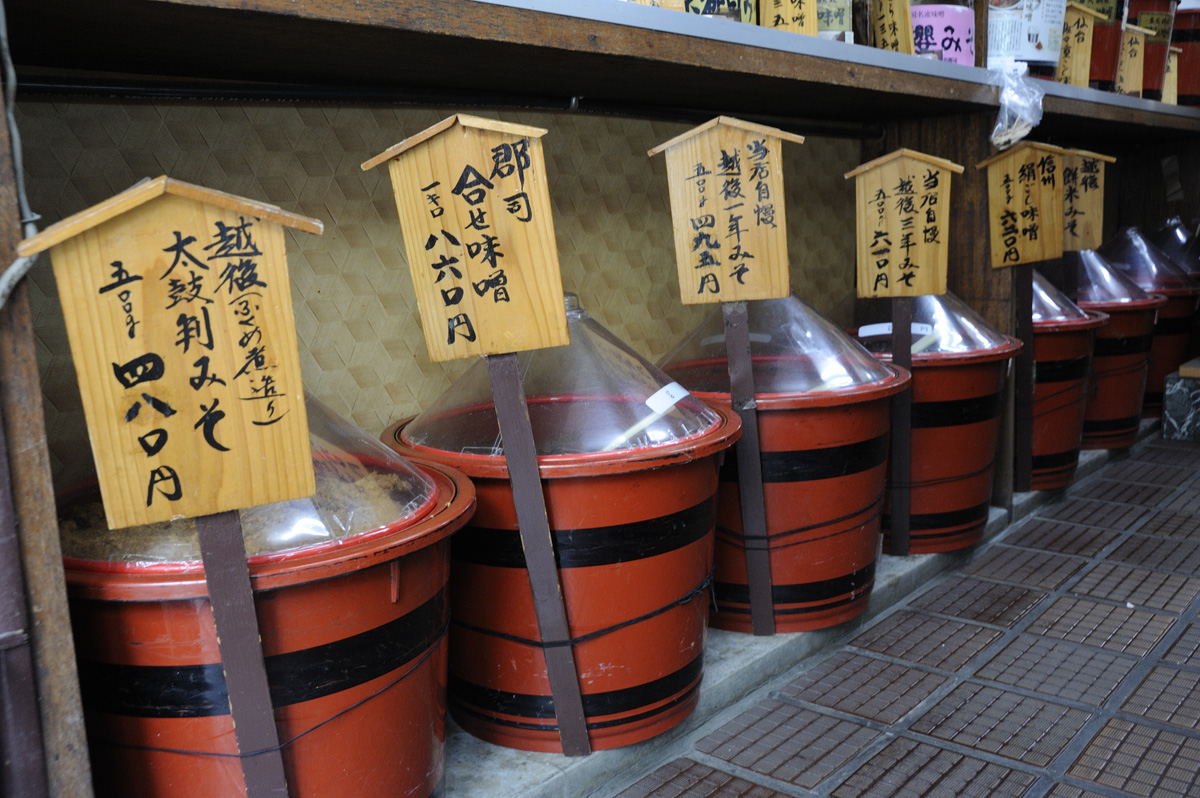

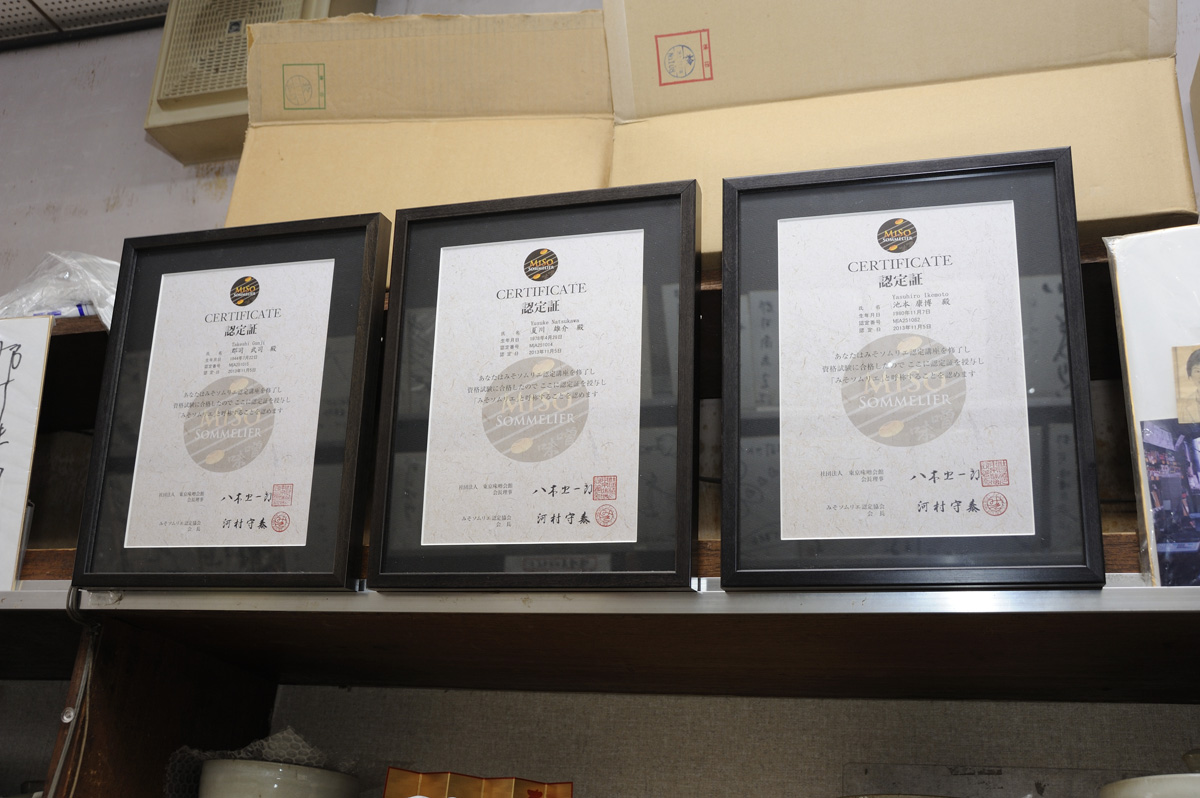


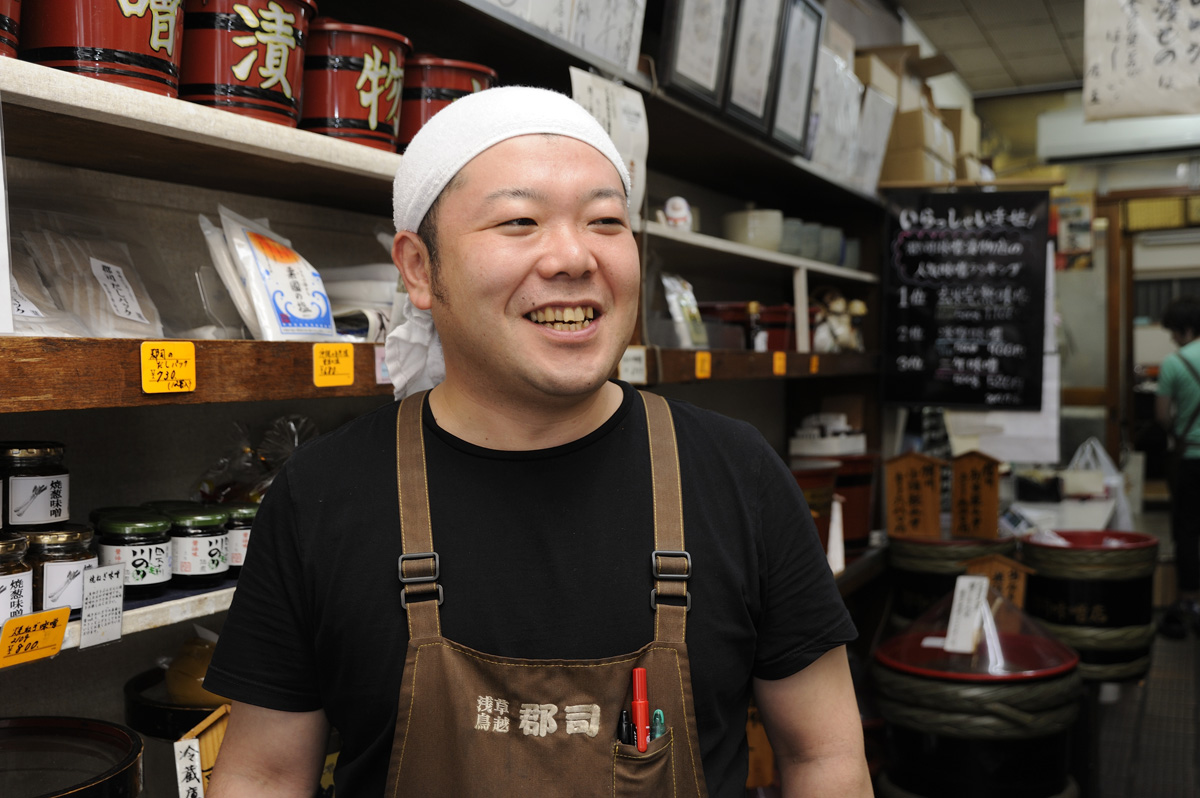




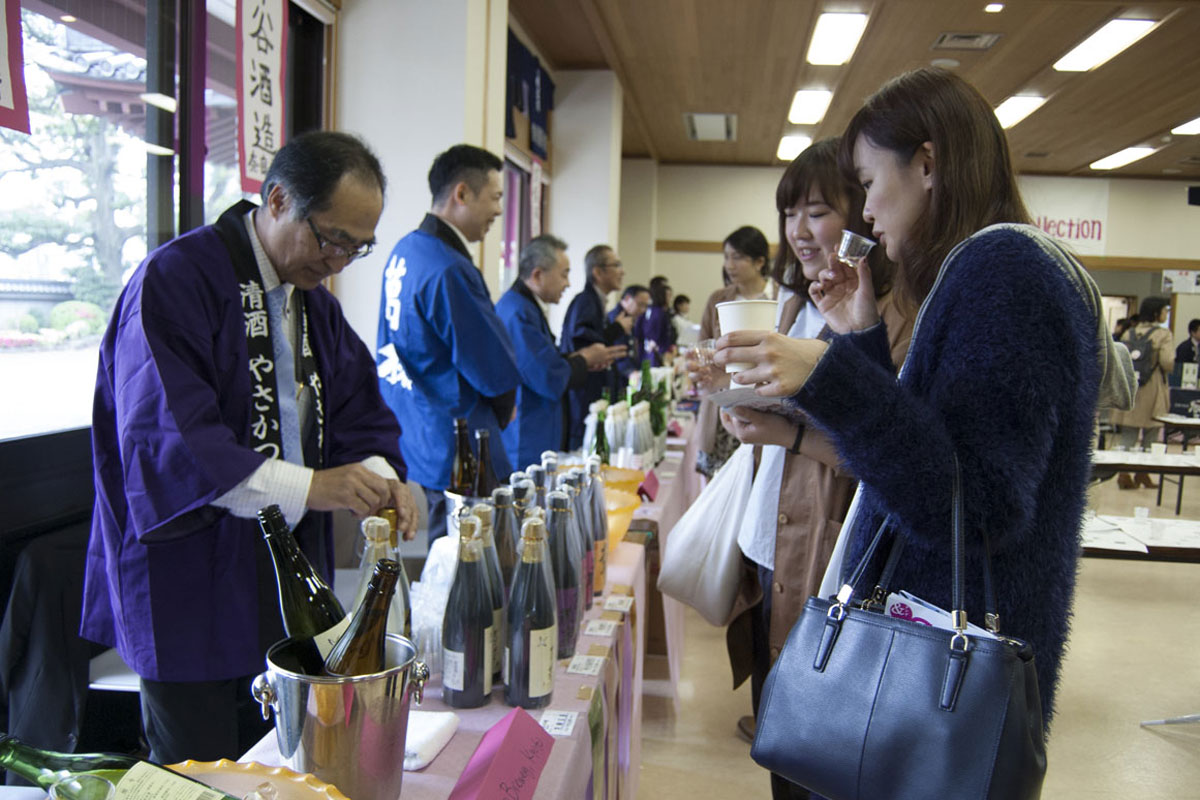
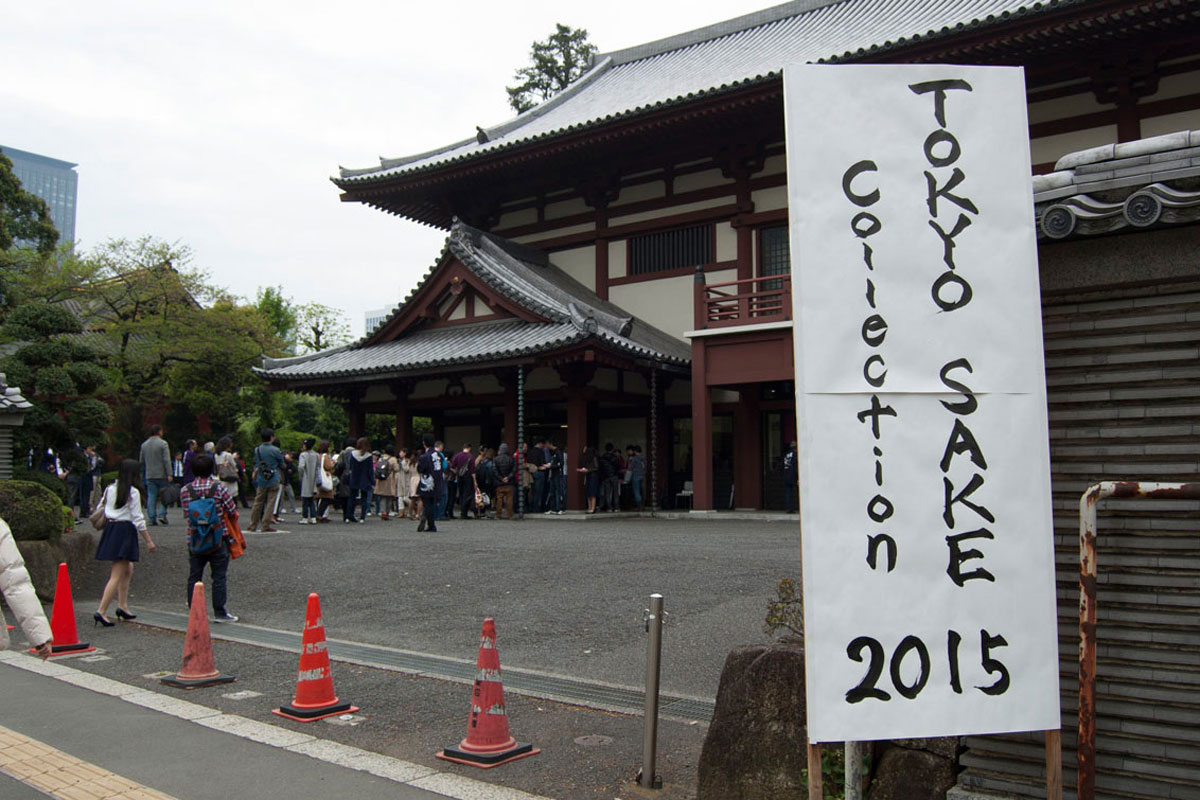
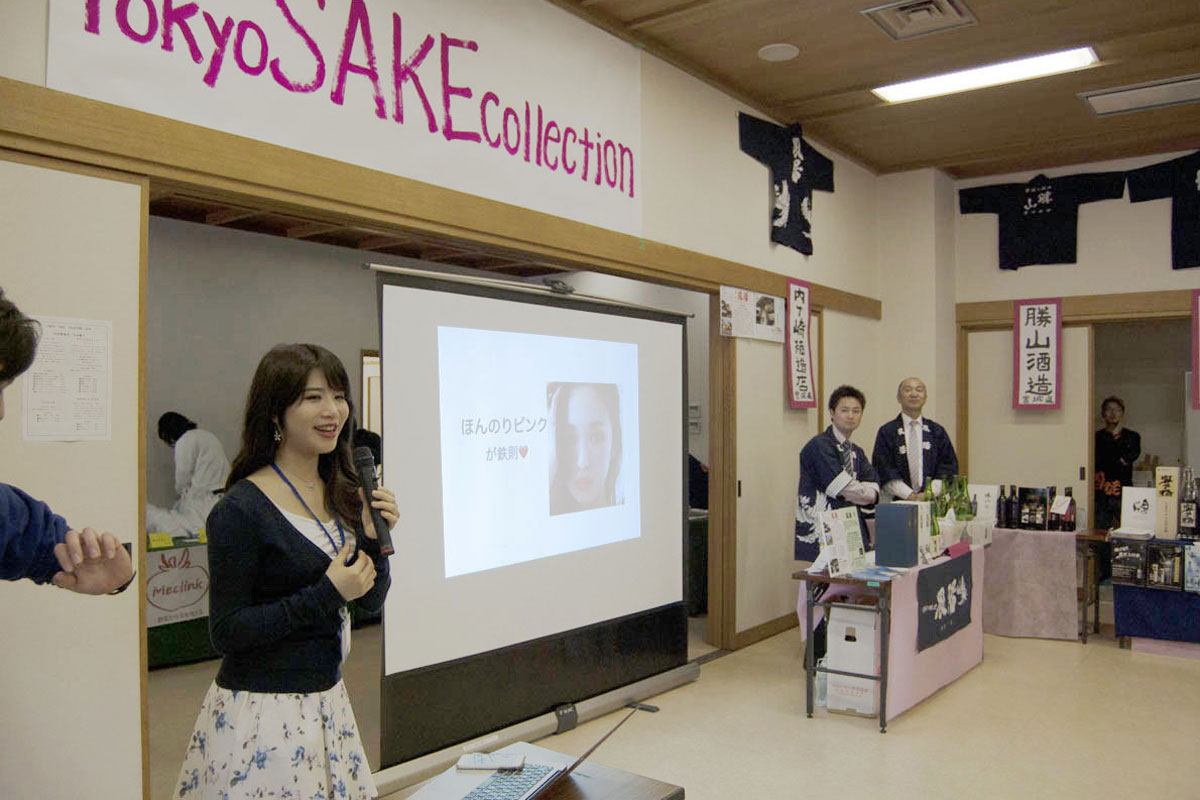
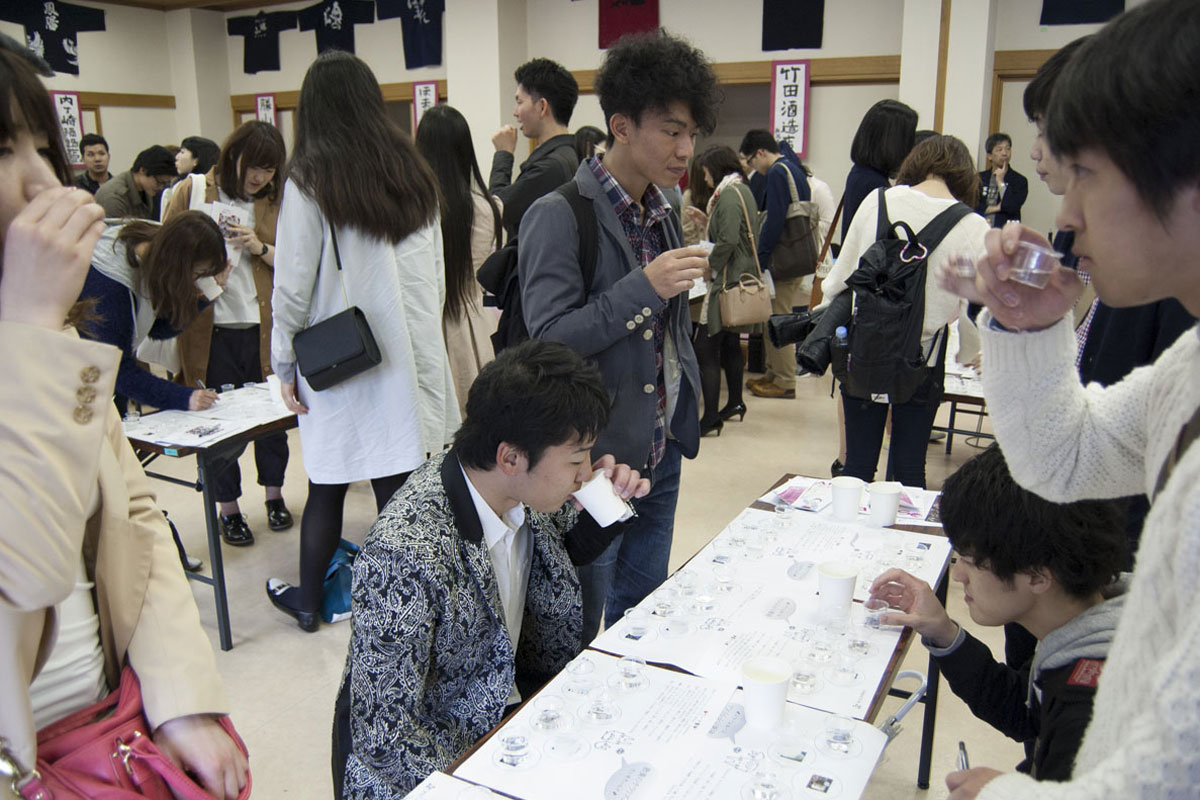

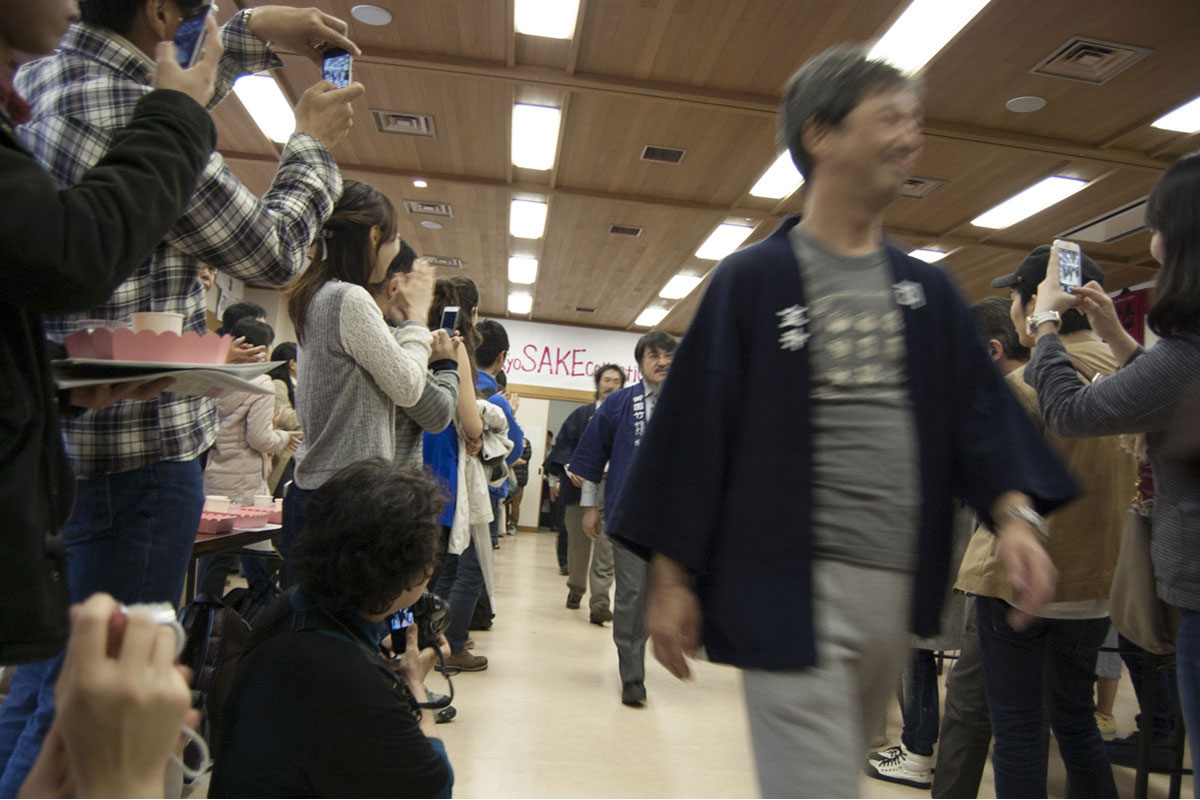

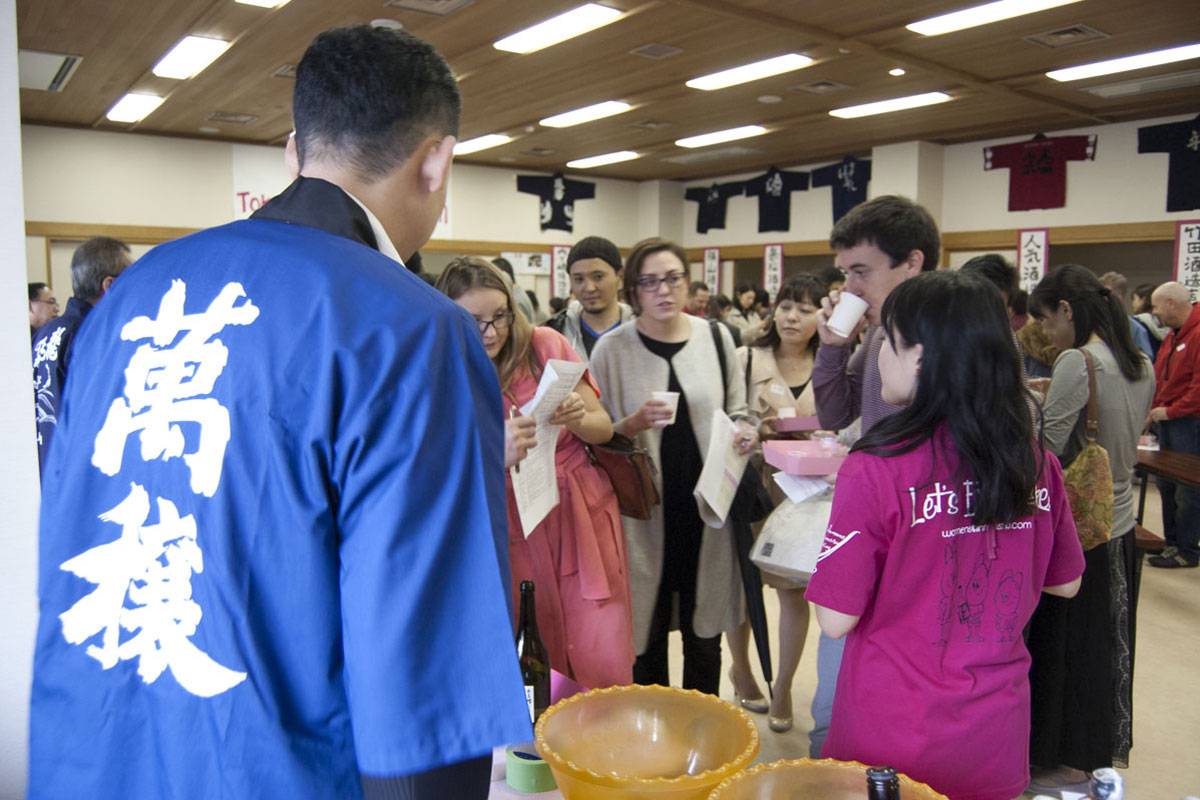
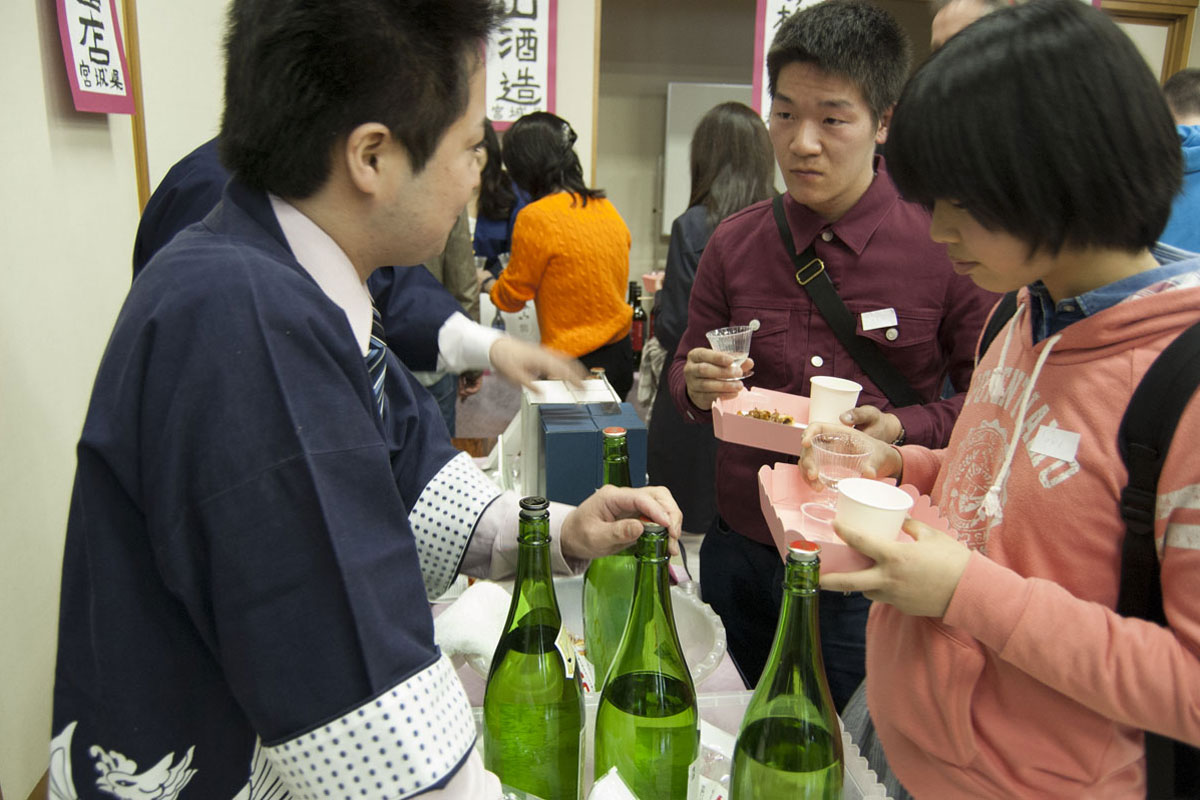
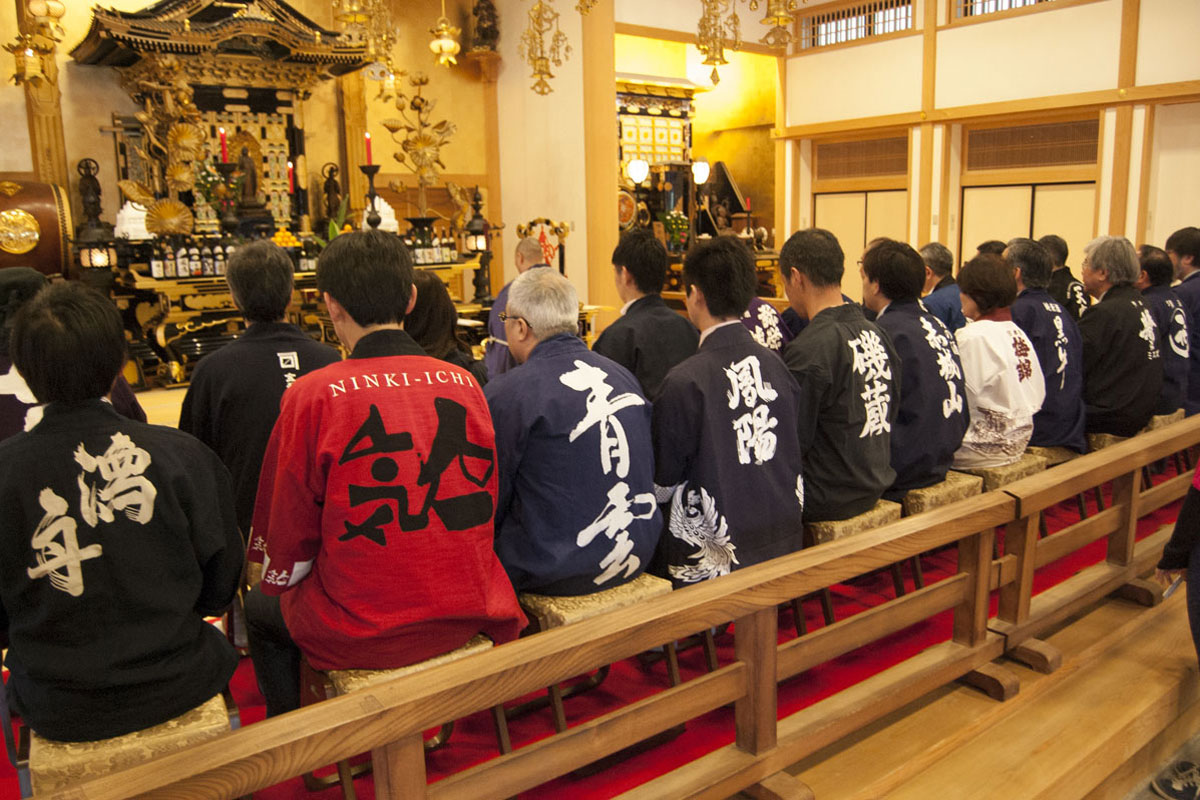 ▲During a break from the festivities, representatives from each brewery make an offering of fresh sake and a prayer at Zojoji Temple.
▲During a break from the festivities, representatives from each brewery make an offering of fresh sake and a prayer at Zojoji Temple.
